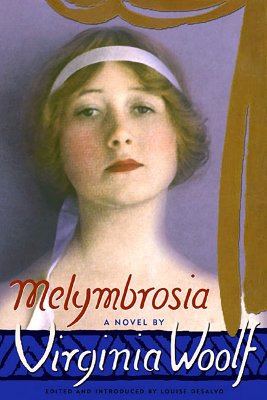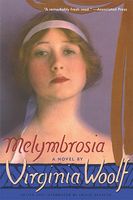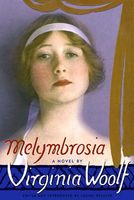- Welcome to FictionDB, Guest
- | My Account
- | Help

Melymbrosia — Virginia Woolf

Virginia Woolf completed her first novel, Melymbrosia, in 1912 when she was thirty years old. The story concerned the emotional and sexual awakening of a young English woman traveling abroad, and bristled with social commentary on issues as varied as homosexuality, the suffrage movement, and colonialism. She was warned by colleagues, however, that publishing an outspoken indictment of Britain could prove disastrous to her fledgling career as a novelist. Moreover, the critical offensive from men would be especially harsh towards a woman author. Woolf thus revised the novel extensively, omitting much of the political candor until, in 1915, the quieter book was published under the title The Voyage Out. The Cleis Press publication of Melymbrosia offers a rare look into the formative mind of the modernist master who revolutionized twentieth century literature. Here, one sees the young Virginia Woolf learning her craft. Like James Joyce's Stephen Hero, the original treatment of A Portrait of the Artist as a Young Man, or Ralph Ellison's posthumously published Juneteenth, Melymbrosia is a "lost classic" that owes its existence to the research of a devoted scholar. In this instance, editor and Woolf authority Louise DeSalvo (Virginia Woolf: The Impact of Sexual Abuse on Her Life and Work) spent seven years reviewing more than 1,000 manuscript pages from Woolf's private papers. DeSalvo had no clear markers for proceeding to the finished draft, save for Woolf's remarks on the novel's progress, plot, and structure in her diaries. But also, the editor resourcefully relied upon clues among the papers themselves, including color of ink and paper color, where pencil or pen left off and began anew, and even the color of ribbon Woolf used to bundle manuscript pages. In short, the puzzle of Melymbrosia was eventually solved through the ingenuity and persistence of meticulous research.
Genres
People / Creatures
Click on any of the links above to see more books like this one.

